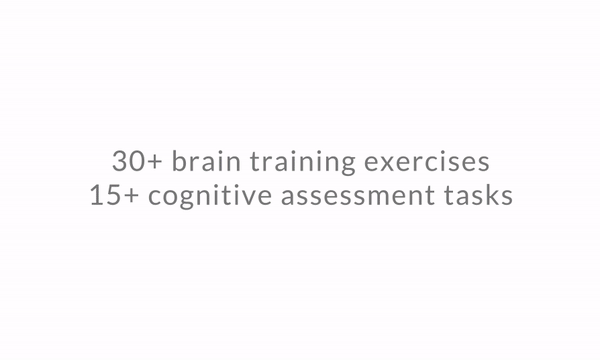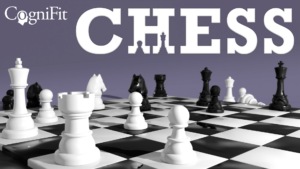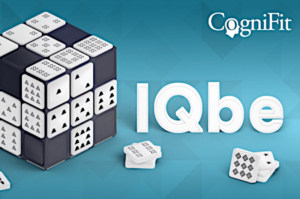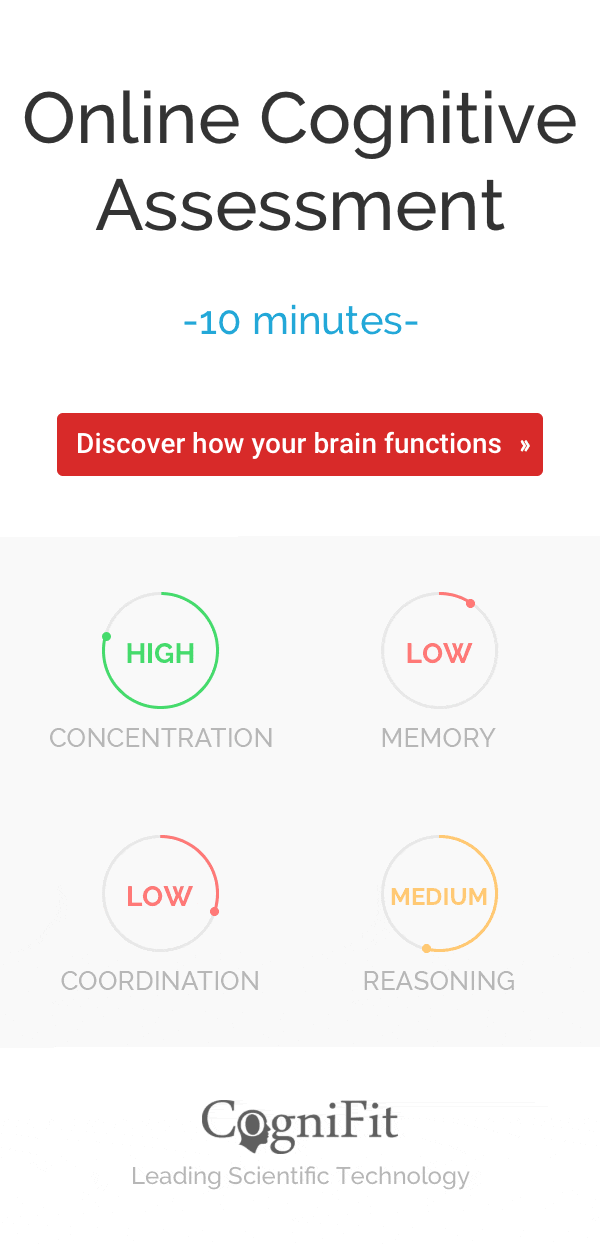
Short term memory: What is it and practical exercises
What is short-term memory? How is it different from long-term memory? In the following article, we will try to answer these and other questions with practical examples and everyday situations.
What is short-term memory?
Short-term memory is a system that allows us to store a limited amount of information for a short period of time.
For example, short-term memory has made it possible for you to be able to read the previous sentence and understand its meaning. Without short-term memory, by the time you had reached the last word of the sentence, you would probably have forgotten the first word you read.
We use short-term memory many times in our daily lives. Another example would be when someone gives us their phone number. We need short-term memory to keep the number in our mind for as long as it takes us to write it down or dial it on our phone.
Activities to exercise short-term memory
How much information can we store thanks to short-term memory? And for how long? To answer these questions, we are going to use the following exercise:
1. Remembering numbers
Read aloud the following numbers: 7293 and then cover them with a piece of paper. Can you remember the numbers in the same order? Well, let’s try more numbers. Cover them with a piece of paper. As soon as you have read them, try to remember each set of numbers in the same order before moving on to the next set. Ready?
- 40863
- 785342
- 7916382
- 16249067
- 912308462
- 6129347320
How many numbers have you been able to remember? This type of task is known as a digit span. It has been used on numerous occasions to study short-term memory. In this task, most people remember about seven digits in the same order.
Therefore, what this task tells us about short-term memory is that a person has a short-term memory capacity of about seven elements. As for the duration of this type of memory, as you have seen, the elements remain in our minds for only a few seconds and then they vanish.
In summary…
Short-term memory is a fragile type of memory with a limited capacity, very sensitive to interference.
The content stored in short-term memory usually disappears within a few seconds unless we repeat it over and over again or use some other strategy. In these cases, the stored information may become part of the long-term memory. Unlike short-term memory, long-term memory is stable, insensitive to interference, and long-lasting.
2. Free recall task
Another way to study short-term memory is through the free recall task.
This task consists of repeating a long list of words a certain number of times in order to see the learning process of the person evaluated. Let’s look at an example of this type of task.
Words will appear in four columns. Read them consecutively, cover them with a piece of paper and try to remember the words you have read. You don’t have to remember the words in the same order they appear.

What words do you remember? Write them down on a piece of paper and repeat the procedure four more times. Have you managed to remember all the words?
It often happens that (especially in the first attempts) the people evaluated prefer to remember the first and last words on the list.
- Remembering the first words on the list is known as the primacy effect and occurs in a stable way throughout repetitions.
- In the “analysis, approach, and area” we would remember words in the middle columns.
- Remembering the last words in the list is called the recency effect and has particular characteristics.
- At the end of the list, we are more likely to remember the words “structure, theory, and variable” than the words in the middle columns.
Unlike the primacy effect, the recency effect is very sensitive to interference.
This means that if we take a break after reading the list or do another task before trying to remember the words in the list, the recency effect will fade away and we will no longer remember which were the last words we had read. The primacy effect is related to long-term memory or learning, while the recency effect depends on how we use short-term memory.

Short-Term Memory Trick: Chunking
Several studies show that training can improve a person’s performance on short-term memory tasks.
One strategy to increase the number of elements we are able to repeat in a digit span task is chunking. A chunk can be defined as a set of elements treated as a unit. For example, the first sequence of digits we saw in the first section was 7293, which is equal to four elements, 7, 2, 9, and 3. However, if instead of reading digit by digit we read that sequence as “7.293”, we will be coding those four digits as a single element, a chunk.
Let’s see another example of chunking, but this time using letters instead of digits.
Let’s imagine that we have to memorize a sequence of ten letters: “h”, “a”, “p”, “p”, “i”, “n”, “e”, “s”, “s”. To repeat this sequence of letters, we need to retain ten elements in our short-term memory system. Instead, we can put those ten letters together in the word “happiness” which will count as a single element.
Studies have shown that the retention capacity of chunks in digit-width tasks is about four or five chunks.
S.F and his “racing” trick:
A well-known example of this type of memory training using the chunking technique is the S.F. case, presented by researchers Ericsson, Chase and
S.F. was a normal person with average intellectual performance who, after more than a year’s training in digit tasks, went from repeating seven digits to repeating 79. How could S.F. achieve this? The researchers stated that S.F. grouped the digits presented in chunks of three and four digits each, and then associated each chunk with mnemonic strategies of time it took runners to complete a race.

Thus, the sequence “3, 4, 9, 2” was categorized as “3 minutes and 49.2 seconds”, a world record in one race. In other words, S.F. associated each of the sets of digits retained in his short-term memory with codes that already existed in his long-term memory.
However, the fact that S.F. could repeat up to 79 digits in the digit range task does not mean that he had
In fact, when the researchers changed the format of the task and S.F. had to repeat sequences of letters instead of digits, the number of letters he was able to repeat was no longer 79, but about seven elements or four/five chunks.
Curiosities: Clive Wearing
Another highly studied case in psychology in relation to memory is the case of Clive Wearing – a case that has linked memory with consciousness. Clive Wearing was a musician who suffered acquired brain damage as a result of an infection by herpes. The brain damage from this infection caused Wearing to have an important effect on his memory.
In addition to losing most of his memories, Clive Wearing lost his ability to retain information beyond a few seconds or minutes. That is, the information remains in his memory only for a few seconds and then fades away without becoming part of his long-term memory. As a result, Wearing is unable to recognize the people he works with every day or remember what has happened to him.
What Wearing seems to experience is that he recovers his consciousness, as reflected in a diary that he updated every few minutes. During those seconds or minutes, Clive Wearing felt he had woken up and didn’t remember anything he had done minutes before. When his temporary memory store was exhausted, all the information retained during those seconds would fade away and Clive would rewrite that he had regained consciousness.
However, some memories from Clive’s previous life remained, such as his musical ability. This can be seen as evidence that memory is a complex system that includes different independent memory systems.
Conclusion
Many people worry about their short-term memory – that not being able to remember new information immediately is some kind of deficit or signal there are problems. However, as we can see, short-term memory is naturally limited. There are tricks and training we can do to improve it a little, but it’s learning how to move this information into long-term memory that can be an alternate focus.
References
- Baddeley, A. D. (2014). Essentials of human memory. New York, United States: Psychology Press.
- Baddeley, A. D., Thomson, N.
and Buchanan, M. (1975). Wordlength and the structure of short-term memory. Journal of verbal learning and verbal behavior, 14, 575-589. - Schwarb, H., Nail, J. and Schumacher, E. H. (2015). Working memory training improves visual short-term memory capacity. Psychological Research, 80(1): 128-148.
- Ericsson, K. A., Chase, W., and Faloon, S. (1980). Acquisition of a memory skill. Science, 208, 1181-1182.
- Morgado, I. (2005). Psychobiology of learning and memory. Cuadernos de Información y Comunicación, 10, 221-233.
- Mathy, F. and Feldman, J. (2012). What’s magic about magic numbers? Chunking and data compression in short-term memory. Cognition, 122, 346-362.













